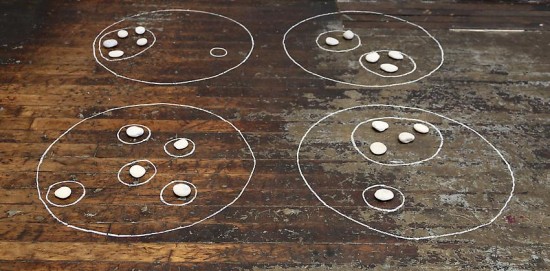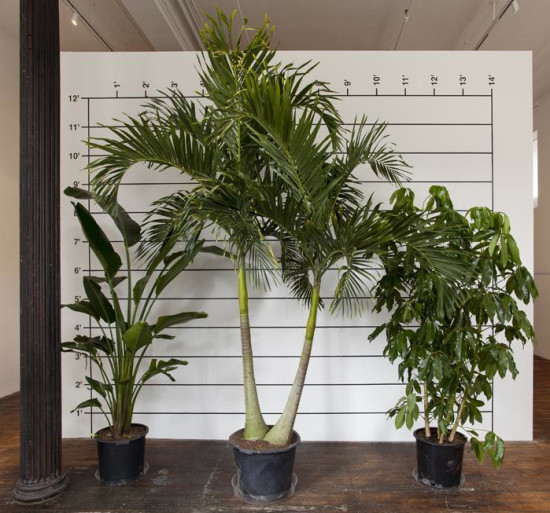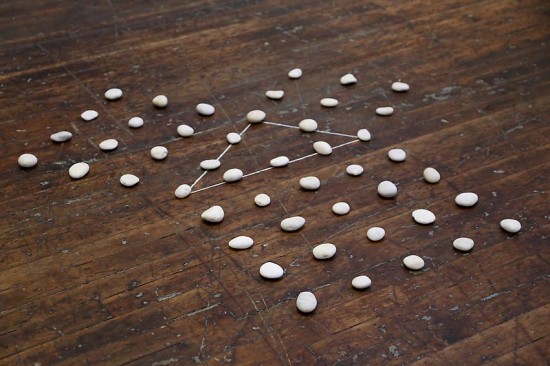
If you’re in New York City this summer, be sure to visit Scholastic Awards alum Mel Bochner’s Proposition and Process: A Theory of Sculpture (1968 – 1973) at Peter Freeman, Inc. in SoHo, now extended through July 12. This striking exhibition features 18 of Bochner’s works produced during the beginning of his career – just 10 years after he received his Award in 1958 at the age of 18. Bochner was among the first conceptual artists to create art in which the walls of the gallery are the subject, and this show is no exception. Each piece interacts and alters this looming storefront space, and compels the viewer to look, read and think simultaneously.

In 2010, Bochner received our Alumni Achievement Award for his innovative accomplishments as a leading conceptual artist, painter and writer. Check out this recent interview by Artforum.com, where Bochner talks about his use of humble materials in creating new systems of value, which can be seen in his current exhibition at Freeman:

BEFORE ANYTHING ELSE, a sculpture is an object-in-the-world, something in our shared space. I use pebbles because they exist at the edge of the continuum between a fully three-dimensional object and dust. Intrinsically valueless and easily replaced, they qualify as an unmediated material.
A second condition must be met for something to count as a sculpture. Some human intervention must occur—an intention, a decision, or an imposed order. One of the earliest ways human beings devised of creating order was through counting. In Latin, the word for counting is calculus, which translates literally as “stone,” so as an idea it is already deeply embedded in our language. For my purposes the most important thing about counting is that it changes nothing.
A third aspect of sculpture that needs to be accounted for is the hand. Although nothing in these works has been carved, cast, nailed, welded, glued, or otherwise assembled, the use of the numbers five and ten signify the presence of the hand. (The Latin word for “finger” is digit.)
The organizing principle behind this installation is a spiral; the works have been laid out to wind counterclockwise through the space. This leads the viewer through a range of conceptual and phenomenological relationships to the sculptures, as well as to their relationship to the architecture. The strangeness of having to look down and walk around these small configurations of pebbles and chalk in order to “read” them further heightens the viewer’s awareness of his or her own body as another object-in-the-world.
Works of art are more than material entities or luxury goods. These sculptures represent my desire to get as close as possible to an intimate, unmediated, nonideological experience of the world. Implicit in this is a critique of the overblown scale and fetishism of so much contemporary sculpture.
At the end of this exhibition, all of my sculptures will be dismantled and their components will disappear back into their own ordinariness. All that’s left will be an idea, a scratch on the surface of memory. Of course, the irony is that without the object there would be no idea, but without the idea there would be no object.

